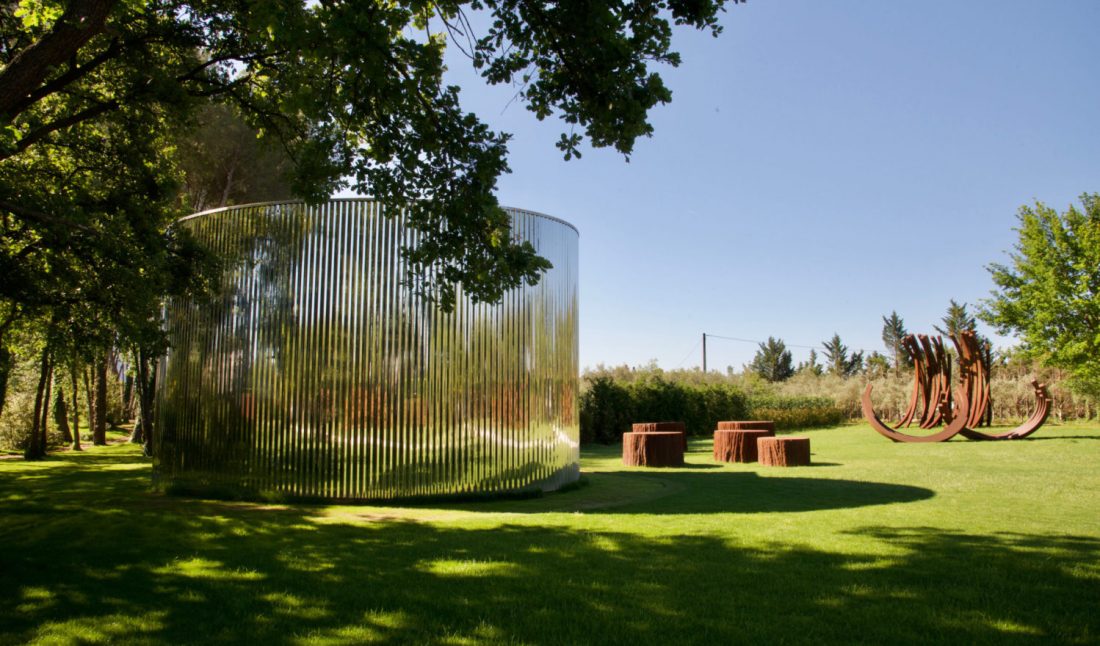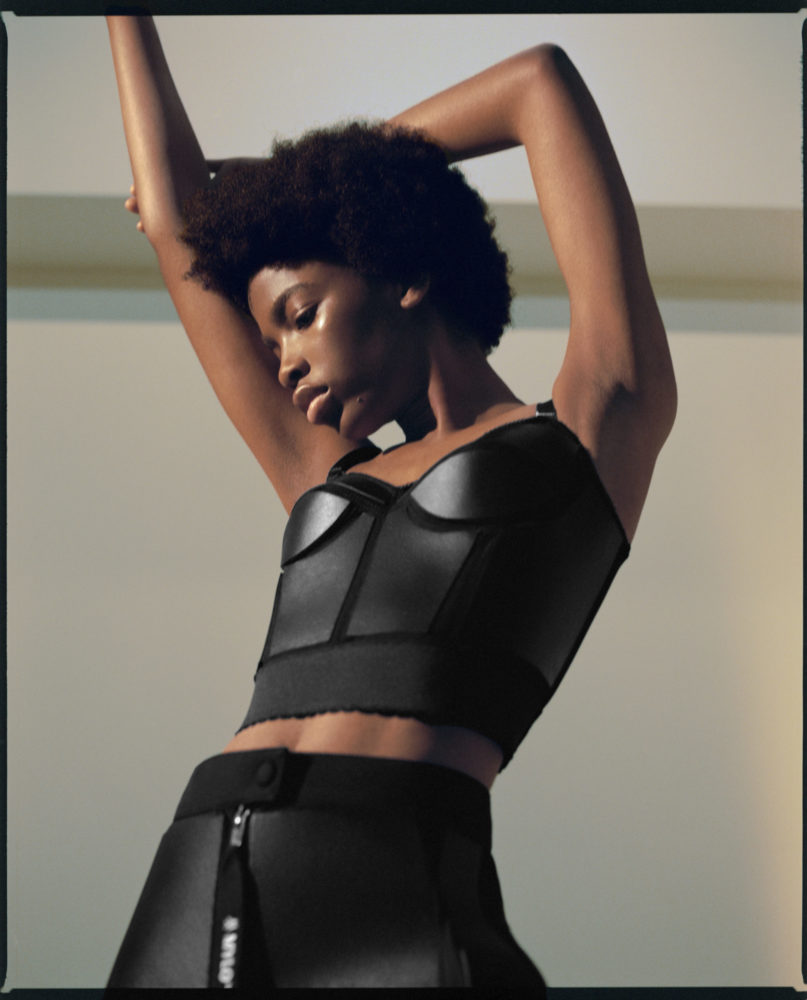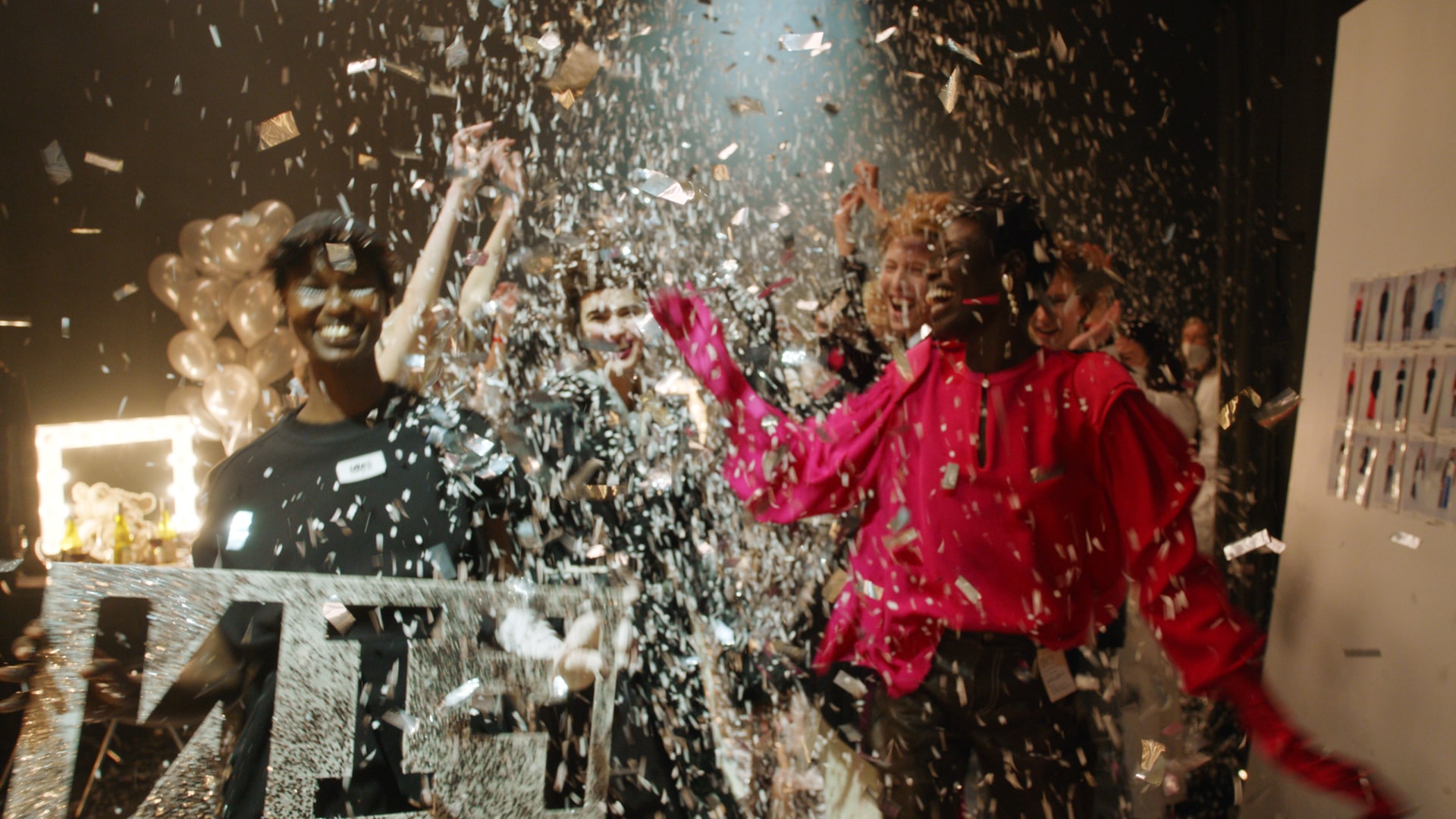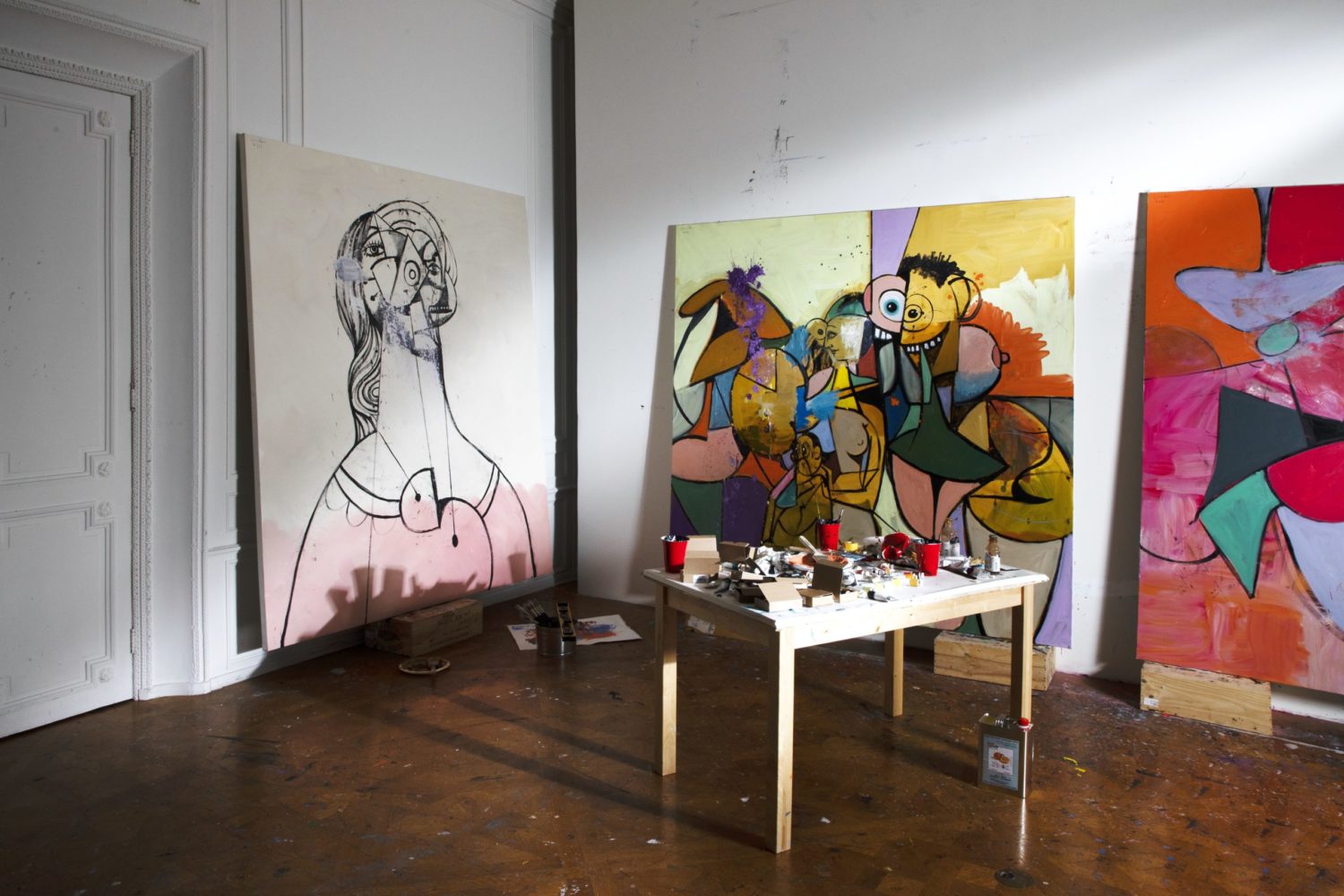Fascinated with the minimalistic form of the line—notably in his “Angles,” “Arcs,” and “Straight Lines” series—the French artist Bernar Venet is known for his enormous sculptural works, which he crafts from tons of Corten steel.
In search of a home for his monumental archives, in 2014 the artist founded the Venet Foundation in Le Muy, his birthplace. An idyllic property in the South of France where his large-scale sculptures can be seen across the expansive grounds, the institution has also welcomed the works of many other successful artists, such as Yves Klein, Lawrence Weiner, James Turrell, and Jean Tinguely.
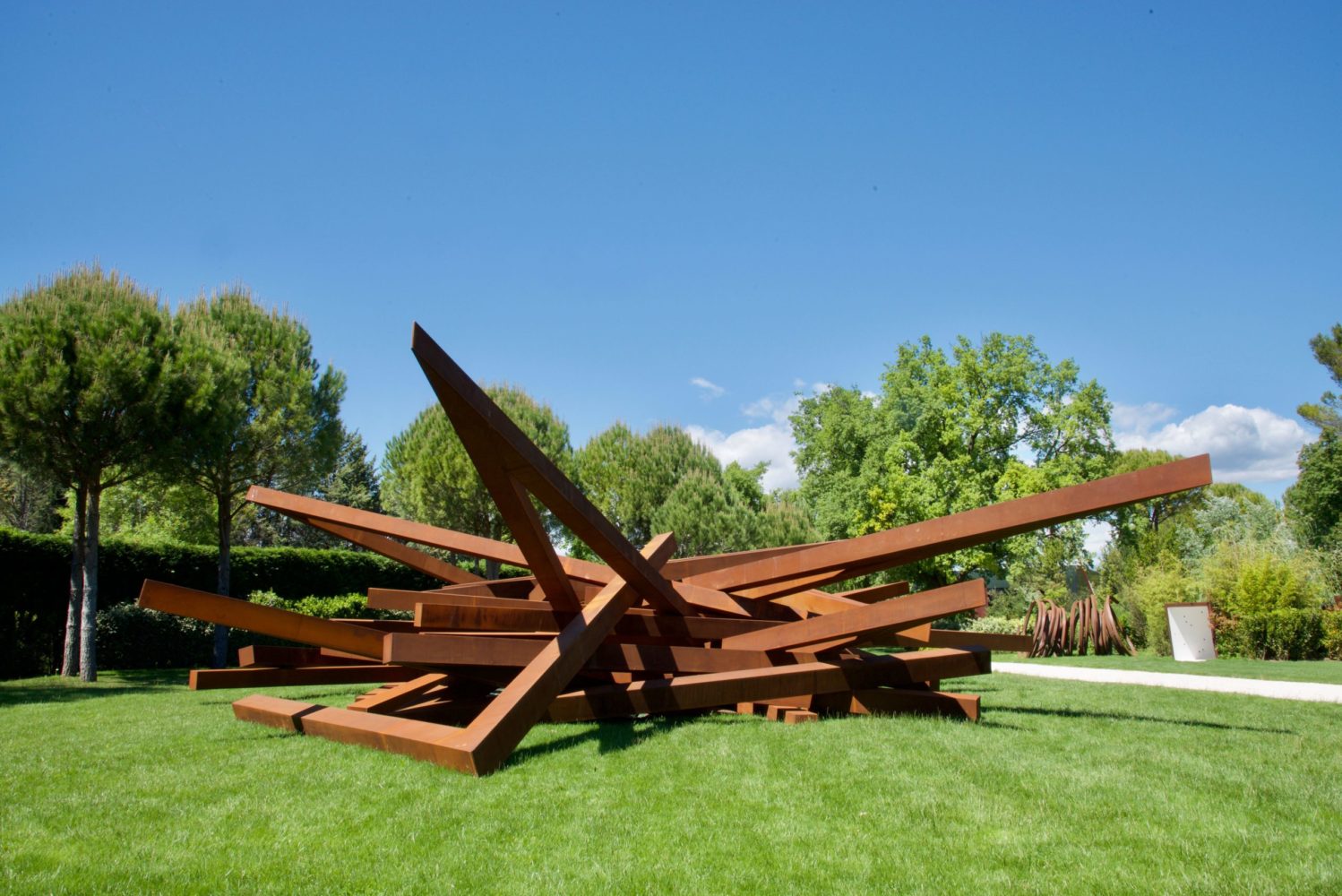 Bernar Venet, “Effondrement 24 Angles,” 2017, installation view at the Venet Foundation, Corten steel,
various dimensions; © Xinyi Hu, courtesy of the Archives Bernar Venet, New York.
Bernar Venet, “Effondrement 24 Angles,” 2017, installation view at the Venet Foundation, Corten steel,
various dimensions; © Xinyi Hu, courtesy of the Archives Bernar Venet, New York.
This past July in Le Muy, the artist hosted a performance activating the giant, rib-like “Effrondrement” arcs. Within a vast indoor space, Venet entered on a forklift, driving into the installation of 30 Corten steel arcs (each measuring about 16 feet high and made from one ton of the metal), tipping them over like a great, booming train of metal dominos. Noting the underlying potential dangers of the demonstration, the performance was one that played with chance, anticipating an outcome that could not be entirely predicted.
“In doing this, my intention was more to make a sculpture than do a performance, because for me, the point was, above all, to produce an artwork that would follow principles that are new in my practice, certain possibilities I’m very interested in at the moment—instability, disorganization, and the unexpected, among others,” Venet told Whitewall recently. “This highly spectacular act, as powerful as it was brief, was extremely loud—30 tons of steel collapsing in a rusty red cloud of dust. . . . I got exactly what I wanted: the sudden disintegration of an ensemble of lined-up ‘Arcs’ seen as a constitutive, organizational passage to a new form and toward a new state of stability.”
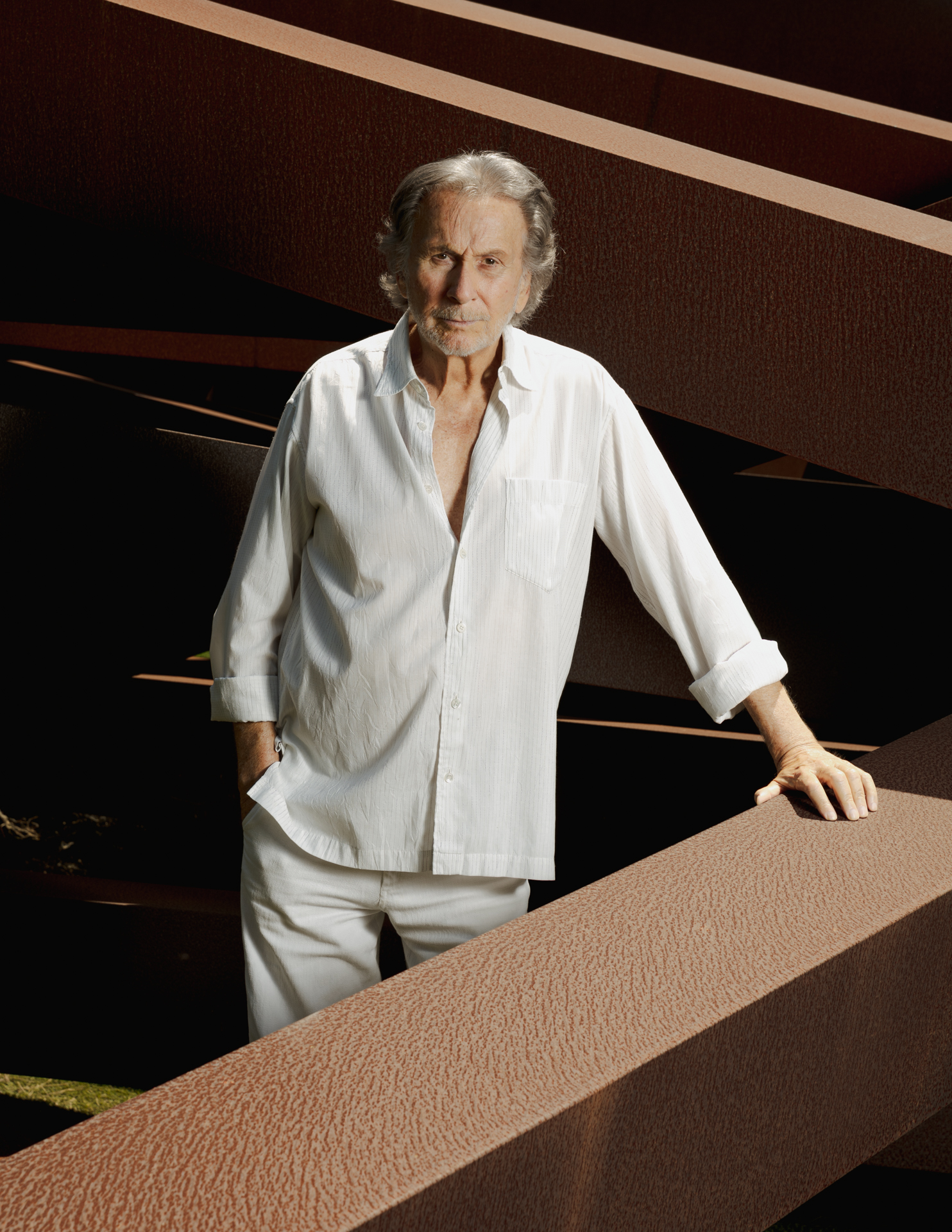 Portrait of Bernar Venet © Laura Stevens.
Portrait of Bernar Venet © Laura Stevens.
Through January 10, 2022, an installation of the artist’s “Effrondrement” can also be found in the exhibition “The Hypothesis of Gravity” at the Louvre-Lens. Filling more than three thousand square feet, about a hundred of the “Arches,” “Straight Lines,” and “Angles” have been seemingly scattered inside of the museum’s Glass Pavilion, as though they fell from above—quite a feat for objects of such mass.
“This show at the Louvre-Lens was the ideal opportunity to finally present an enormous “Effondrement” to the general public outside of Le Muy. . . . The Louvre-Lens, designed by SANAA architects, is a magnificent and architecturally remarkable horizontal extension of the Parisian palace,” said Venet. “I had plenty of ideas, since a place like this stimulates your imagination.” There, he proposed a formal-yet-poetic exploration of the hypothesis of gravity, which awakens within visitors awareness and wonder for the process behind the installation at hand.
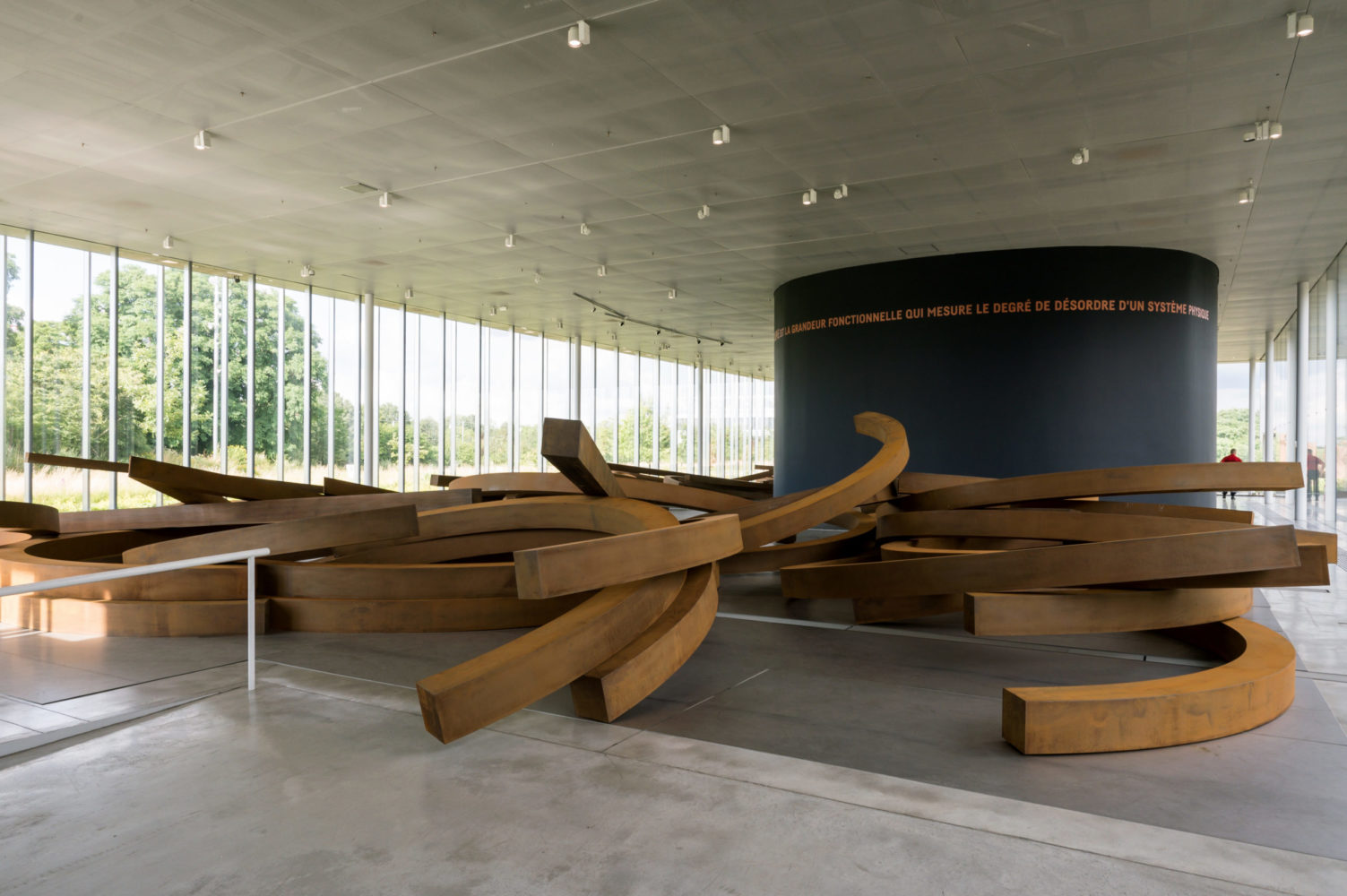 Installation view of Bernar Venet at the Louvre Lens, photo © Frédéric Iovino, courtesy of the artist and Louvre Lens.
Installation view of Bernar Venet at the Louvre Lens, photo © Frédéric Iovino, courtesy of the artist and Louvre Lens.
“It took us four long days to install this ‘Effondrement’ with [Pierre] Garrone’s team and my assistants who’d come up specially from Le Muy. This physically exhausting work requires much concentration to avoid accidents, since each element, weighing about a ton, often has to be installed in less-than-optimal conditions,” said the artist. “It’s impossible to visualize the actual results of this kind of installation beforehand or even in the middle of it. . . . The final heap, an extreme and totally irreversible disorder, owes more to the laws of gravity than my limited and always uncertain guidance.”
And this fall Ceysson & Bénétière will present two exhibitions of the artist’s work as a belated celebration of his 80th birthday. In Paris, through October 9, the gallery is showing “1961 & 1963: The origins,” which dives into the formative years of Venet’s practice, which carried him into a lifelong career as an artist. Following the Paris presentation, Venet will also inaugurate the gallery’s new space in Saint-Étienne with a showing of bas-reliefs, drawings, and sculptures, on view until November 13.
“My work always grows out of concepts that appear antagonistic, but I prefer to describe them as complementary. That is my way of thinking, my method for discovering different solutions that are applicable to the history of sculpture,” said Venet in a recent press statement. “My installations no longer respect these rules which have become conventional, suggesting randomness as the rule of the game.”
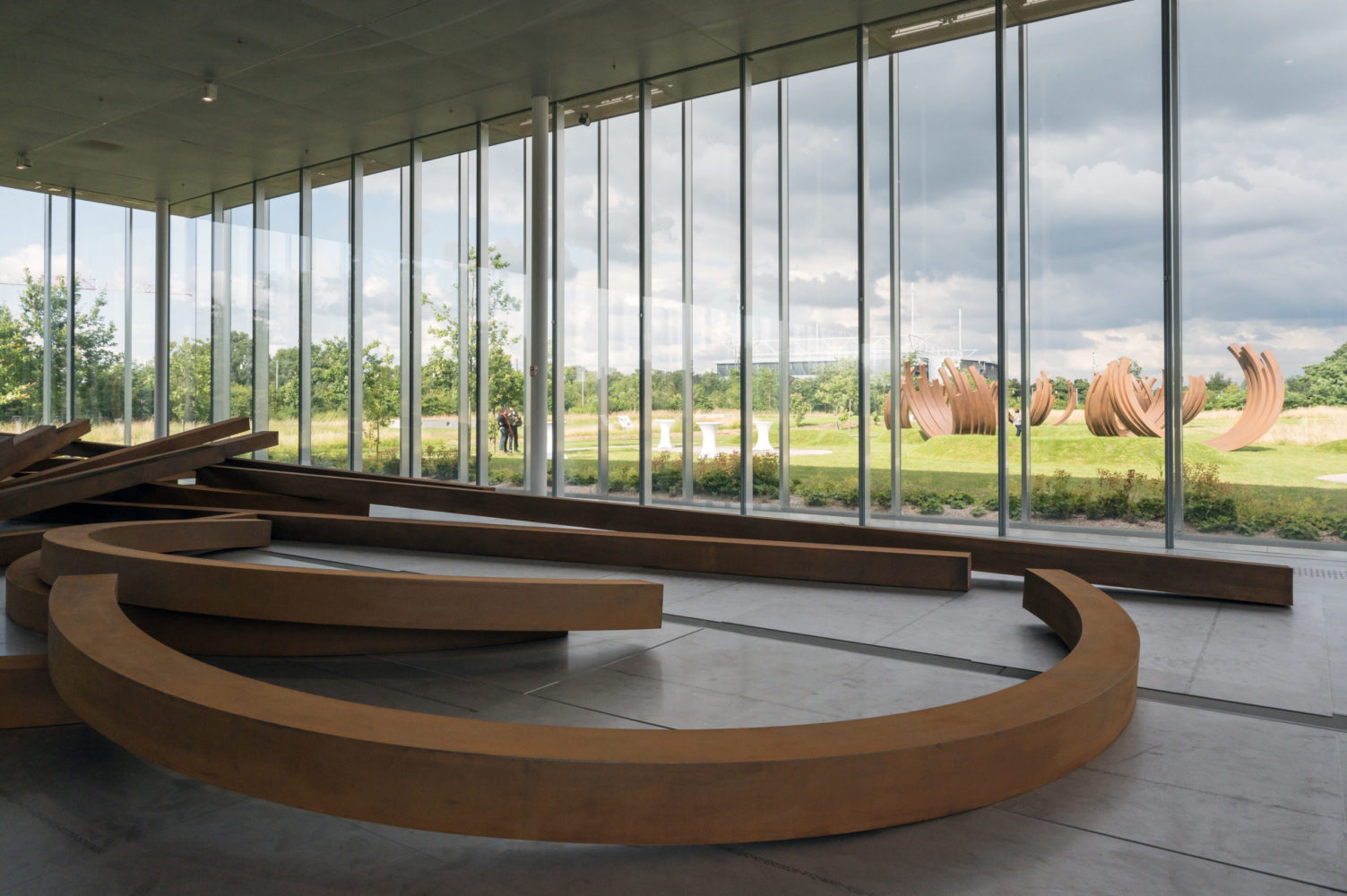 Installation view of Bernar Venet at the Louvre Lens, photo © Frédéric Iovino, courtesy of the artist and Louvre Lens.
Installation view of Bernar Venet at the Louvre Lens, photo © Frédéric Iovino, courtesy of the artist and Louvre Lens.
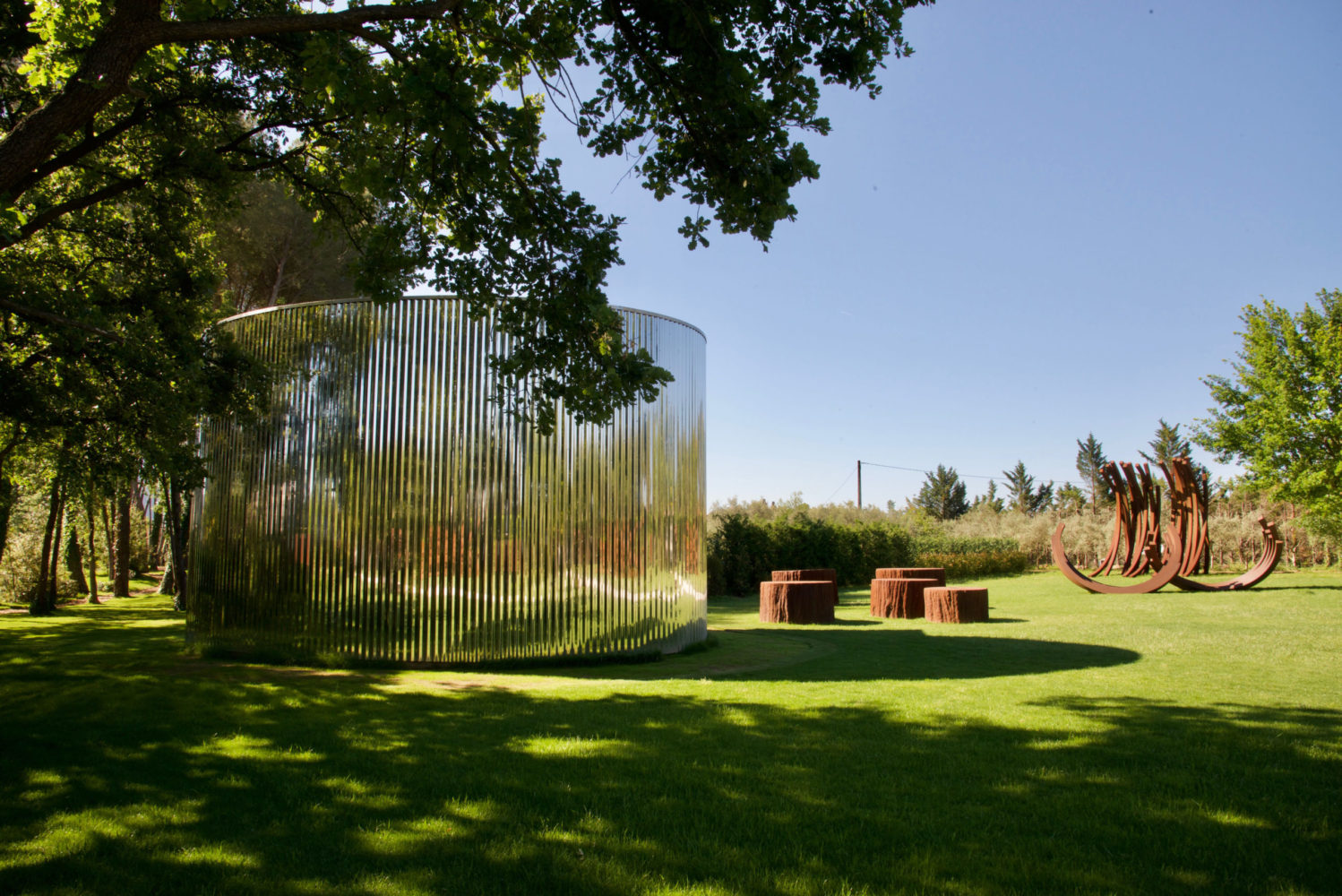 James Turrell, Elliptic Ecliptic, installation view at the Venet Foundation, photo by Frédéric Chavaroche.
James Turrell, Elliptic Ecliptic, installation view at the Venet Foundation, photo by Frédéric Chavaroche.






